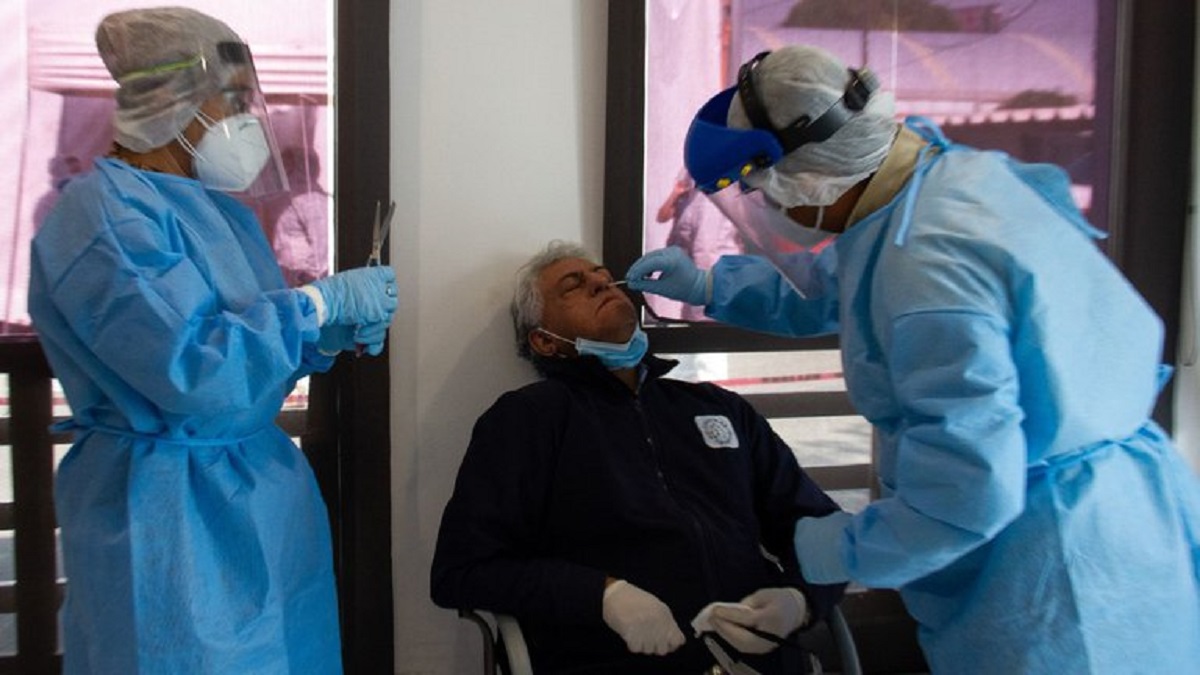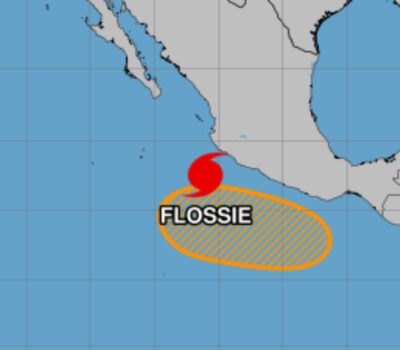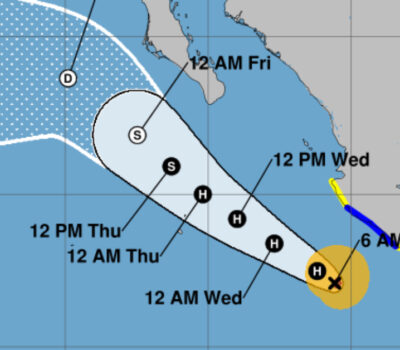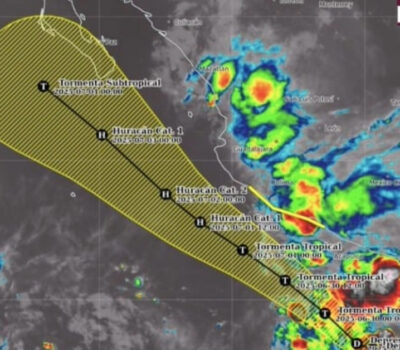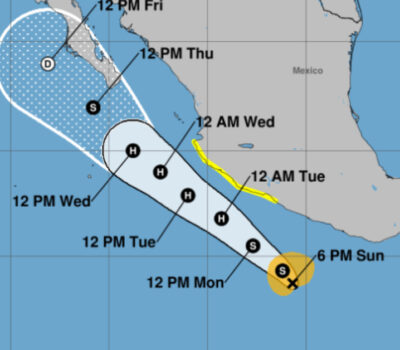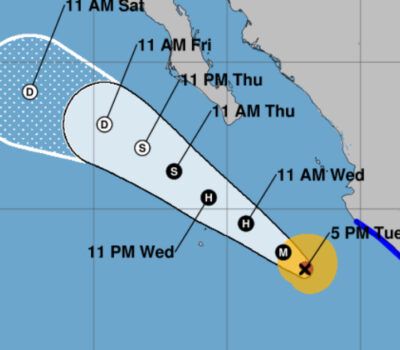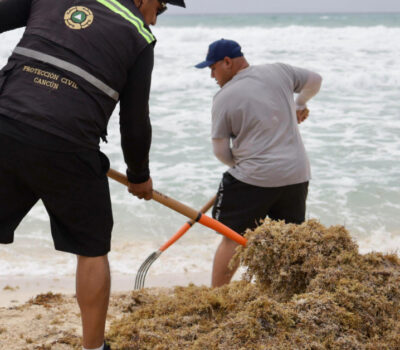As countries around the world try to get their economies back on track, the number of tests for coronavirus that test positive has become the indicator to watch. 5% is the threshold to reopen safely; 10% is disturbing, 20% outrageous.
In Mexico, the rate stands at 50%.
The high numbers are easy to explain, although not so easy to solve. The Latin American country has stubbornly declined to run large-scale tests and instead examines only those who are likely to test positive. At the end of May, the Undersecretary for Prevention and Health Promotion, Hugo López-Gatell, said that mass testing would be “a waste of time, effort, and resources.”
Throughout the pandemic, Mexico and parts of Latin America have reported positivity rates that overshadow anything that has been observed from China to the United States, including troubling new spots like Arizona and Texas.
In Argentina and Chile, almost 3 out of 10 tests result in a diagnosis of COVID-19. And in Brazil, where 1.4 million people have been infected, nobody knows for sure, since the Government does not disclose data.
A specialist at Johns Hopkins says that Mexico doesn’t want to make it easy to find cases, and says the government isn’t trying hard enough.
“They don’t want it to be that easy to find cases,” said Amesh A. Adalja, an infectious disease specialist at the Johns Hopkins Center for Health Safety. “They are not trying hard enough.”
Such high rates reflect that governments have no idea how serious the outbreak is within their borders. In the US, where the positivity rate is rising again and rising to 8%, the Centers for Disease Control and Prevention said the true scale of the pandemic may be 10 times greater than what the tests show.
Officially, as of Tuesday, Mexico reported more than 226,000 cases and 27,769 deaths. In total, Latin America has more than 2.5 million cases and represents approximately half of all new daily deaths worldwide.
What worries many health professionals is that neither Mexico nor Brazil, which are Latin American powers in terms of economic power and population size, have shown a great willingness or ability to change the trend.
Brazilian President Jair Bolsonaro, who privileges employment over confinement, met with large crowds of supporters last weekend, even holding a girl in his arms for photos. (Neither of them wore a mask.) And Andrés Manuel López Obrador recently concluded a week-long tour of Mexico.
“The Mexican government has stated that it is not intended to count every single case, but to resort to modern and proven efficient mechanisms to tackle the pandemic,” López-Gatell said at a Senate hearing in late May. On Tuesday, he said that “hypertension, diabetes, and obesity are the three most associated co-morbidities in COVID-19 deaths.”
In a region where more than a third of the population lives in poverty, most Latin American nations cannot afford to completely shut down the economy or approve large stimulus packages to offset the consequences.
Facing the pandemic, the US was completing its biggest economic boom, while Latin America, for the most part, was in reverse. Argentina and Ecuador were involved in a debt crisis. Mexico entered a recession, while in 2019 Brazil registered its fourth consecutive year of unemployment above 10%. And then there is Venezuela, the collapse of which has forced a diaspora of millions to cross borders.
There are signs that the positivity rate could be decreasing in Chile, where the Ministry of Health wants to reduce the level to 10%. And the Brazilian Ministry of Health launched last week a plan to test more than 20% of the population, 210 million people by the end of the year, although half of the tests will correspond to the so-called rapid antibody tests, whose reliability is under debate in the medical community.
The World Health Organization recommends that countries achieve test positivity rates of 5% or less for 14 days before reopening.
“It is necessary to carry out tests on mild cases,” said Adalja. “Those cases that are not being tested are spreading to other people.”
The purpose of mass testing is to find asymptomatic and pre-symptomatic carries of the coronavirus and isolate them to reduce infections of people they come in contact with. The majority of COVID-19 carriers are asymptomatic or show only mild symptoms, who wouldn’t qualify for testing in Mexico, and they have fueled the pandemic.
As countries around the world try to get their economies back on track, the number of tests for coronavirus that test positive has become . . .

